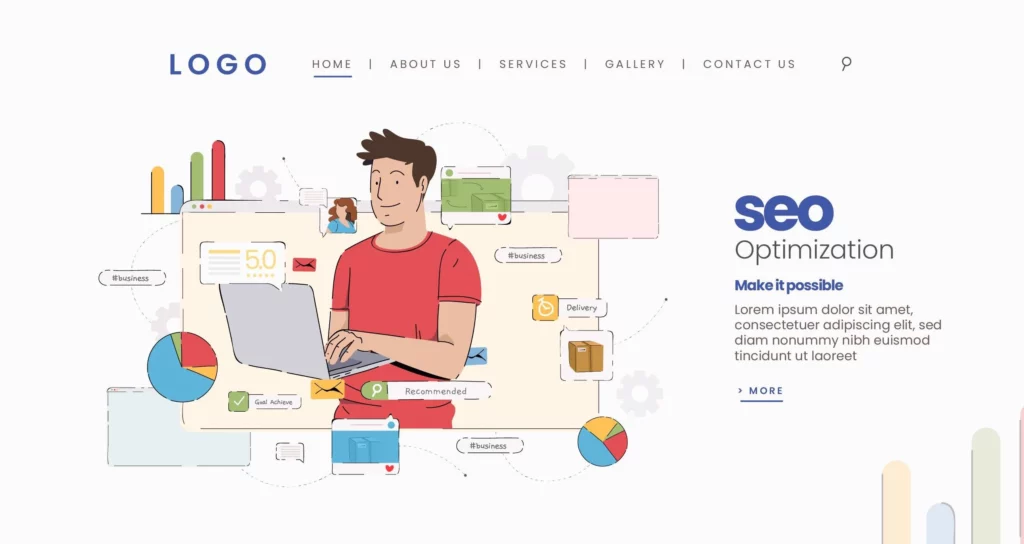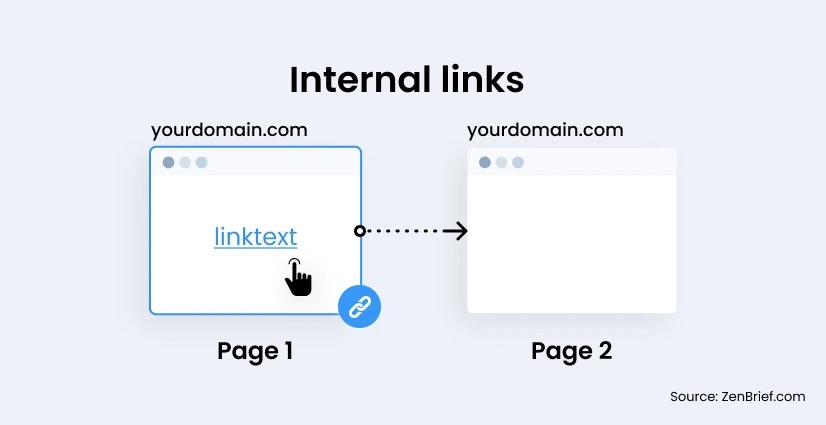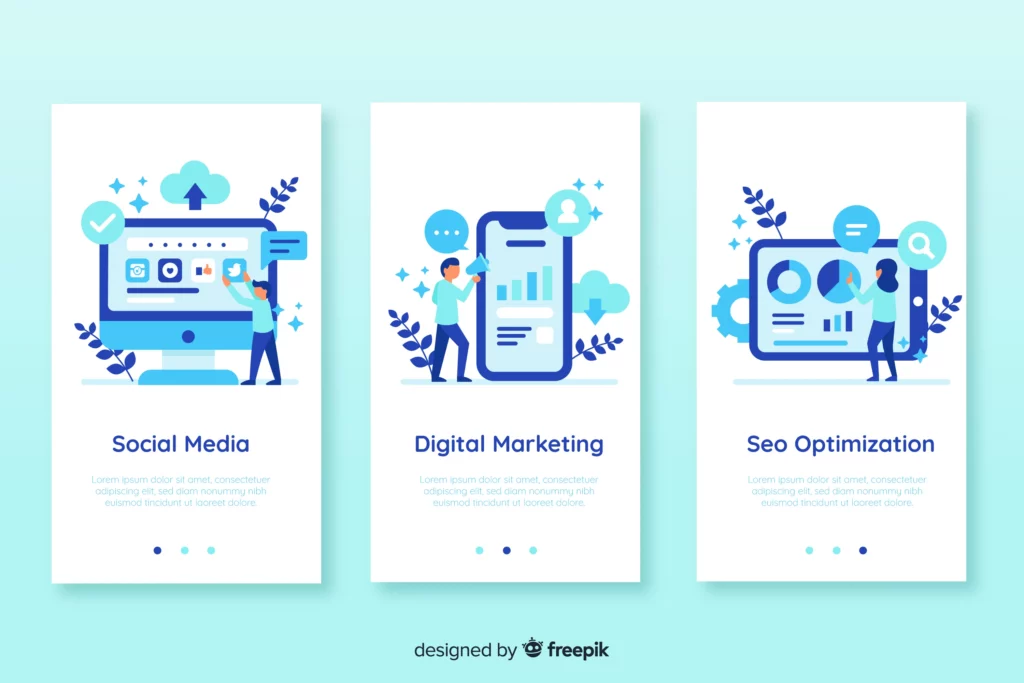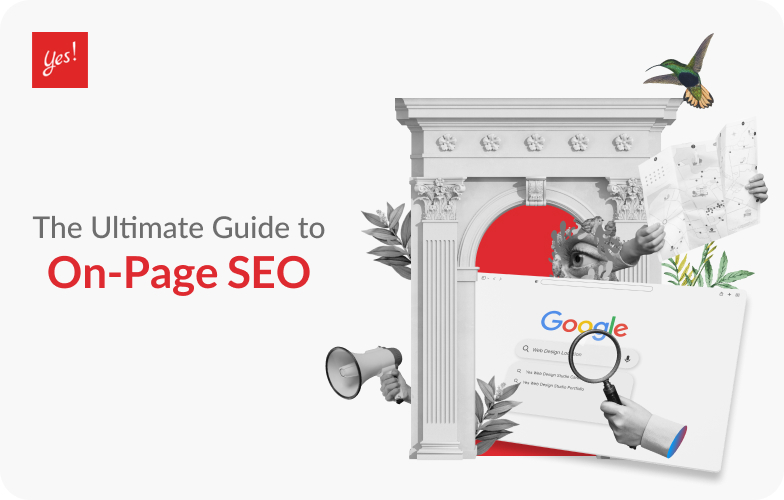In today’s digital landscape, On-Page SEO plays a vital role in improving search engine rankings and attracting organic traffic to your website. By optimizing various elements within your web pages, you can enhance their visibility, relevance, and overall user experience. This comprehensive guide will walk you through the key principles and best practices of On-Page SEO, helping you understand how to leverage its power to drive better results.
What is On-Page SEO?

On-page SEO, also known as on-site SEO, refers to the optimization techniques implemented directly on web pages to improve their visibility and rankings in search engine results. It involves optimizing various elements within a webpage, including content, HTML source code, meta tags, URL structure, and internal linking, among others.
The goal of On-Page SEO is to signal to search engines the relevance, quality, and value of a webpage in relation to specific keywords or search queries. By optimizing these on-page elements, websites can improve their chances of ranking higher in search engine results pages (SERPs) and attract targeted organic traffic.
Why does On-Page SEO Matter?
On-Page SEO is crucial for several reasons. Firstly, it helps search engine crawlers understand the content and context of a webpage, enabling them to index and categorize it appropriately. Secondly, it enhances user experience by providing well-structured, informative, and engaging content that meets the needs of visitors. Additionally, on-page optimization facilitates better navigation within a website, making it easier for users to find relevant information and explore related content.
Let’s take a look at 8 on page optimization that will make your site’s SEO up to date.
Optimizing Meta Tags
One of the fundamental aspects of on-page SEO is optimizing your meta tags. Meta tags, specifically the title tag and meta description, provide search engines with crucial information about your webpage’s content because it serves as a door into your website. You would want to have a label on the door explaining to those who will be opening right? To optimize meta tags for on-page SEO, ensure your focus keyword is included in both the title tag and meta description.
Craft compelling, concise, and keyword-rich meta tags that accurately represent your content and entice users to click. Remember to keep the title tag within 60 characters and the meta description within 160 characters to ensure optimal display in search engine results.
Keyword Placement in Heading Tags
Heading tags (H1, H2, H3, etc.) provide structure and hierarchy to your webpage’s content. Optimizing heading tags with relevant keywords can enhance both user experience and on-page SEO. Include your focus keyword within your H1 tag, as it signals to search engines the primary topic of your page. Additionally, use subheadings (H2, H3, etc.) to further organize your content and include variations of your focus keyword when relevant.
However, avoid overstuffing keywords and maintain a natural flow to ensure a positive user experience. Don’t force in similar words.
Crafting High-Quality Content
Content is king when it comes to on-page SEO. Creating high-quality, informative, and engaging content is essential for both users and search engines. Incorporate your focus keyword naturally throughout your content, but prioritize providing value to your readers. Write in-depth, well-researched articles that answer user’s questions, provide clear and doable solutions, or offer insights that will help users gain knowledge on that topic. Use relevant headings, bullet points, and paragraphs to structure your content for readability.
Additionally, include multimedia elements such as images, videos, or infographics to enhance engagement. Remember, the primary goal is to provide a valuable user experience while incorporating your focus keyword effectively.
Optimizing URL Structure
An optimized URL structure can positively impact on-page SEO. Include your focus keyword in the URL of your webpage whenever possible. Keep your URLs concise, descriptive, and user-friendly. Avoid using unnecessary characters, numbers, or symbols that don’t contribute to the understanding of the page’s content. A well-structured URL not only helps search engines comprehend the context of your page but also aids users in understanding the page’s relevance before clicking on it in search results.
Image Optimization
Images are an integral part of web content, and optimizing them can improve on-page SEO. When adding images to your web pages, include your focus keyword in the image file names and alt text. Descriptive file names and alt text help search engines understand the content of the image and its relevance to the page. Additionally, compress images to reduce file sizes using webp format, which contributes to faster page loading times, better user experience, and improved SEO performance.
Remember to balance image quality with file size optimization to maintain a visually appealing website.
Internal Linking

Internal linking is an effective on-page SEO technique that aids in website navigation and search engine indexing. Include relevant anchor text with your focus keyword when linking to other pages within your website. Internal links help establish website hierarchy, distribute link authority, and enhance user experience by providing additional resources and contextual information.
Additionally, they enable search engine crawlers to discover and index your web pages more efficiently. Be strategic with your internal linking, ensuring that the linked pages are relevant to the anchor text and provide value to users.
Mobile Optimization

With the increasing use of mobile devices, optimizing your web pages for mobile is crucial for on-page SEO. Ensure your website is responsive and adapts seamlessly to different screen sizes and resolutions. Optimize page loading speed by minimizing file sizes, leveraging browser caching, and reducing the number of HTTP requests. Implement mobile-friendly navigation menus and ensure buttons and clickable elements are easily accessible on mobile devices.
Google’s Mobile-Friendly Test can help identify and address any mobile optimization issues. Prioritizing mobile optimization enhances user experience and contributes to higher search engine rankings since Google’s Algorithm like PageSpeed prioritizes mobile first when it comes to measuring core web vitals.
User Engagement Metrics
User engagement metrics, such as bounce rate, time on page, and click-through rate, indirectly impact on-page SEO. Using metrics tools offered by many companies can help identify and analyze in-depth data such as Google PageSpeed.
Engaging and valuable content keeps users on your page longer, reducing bounce rates and signaling search engines that your page offers relevant information to what the user searched. Encourage user engagement by including compelling calls-to-action, internal links, and interactive elements within your content.
Conclusion
Mastering on-page SEO is essential for improving search engine visibility and driving organic traffic to your website. By implementing the examples of on-page SEO discussed throughout this ultimate guide, you can optimize various elements within your web pages to enhance their relevance, visibility, and overall user experience.
Stay updated with the latest SEO trends and best practices to ensure your on-page optimization techniques align with search engine guidelines. With a comprehensive On-Page SEO strategy in place, you can significantly improve your website’s search engine rankings and drive sustainable organic traffic.
Yes Web Design Studio
Tel. : 096-879-5445
LINE : @yeswebdesign
E-mail : info@yeswebdesignstudio.com
Facebook : Yes Web Design Studio I Web Design Company Bangkok
Instagram : yeswebdesign_bkk
Address : 17th Floor, Wittayakit Building, Phayathai Rd, Wang Mai, Pathum Wan, Bangkok 10330 (BTS SIAM STATION)









